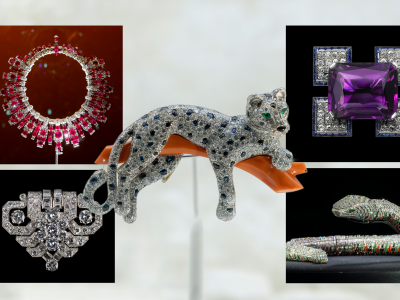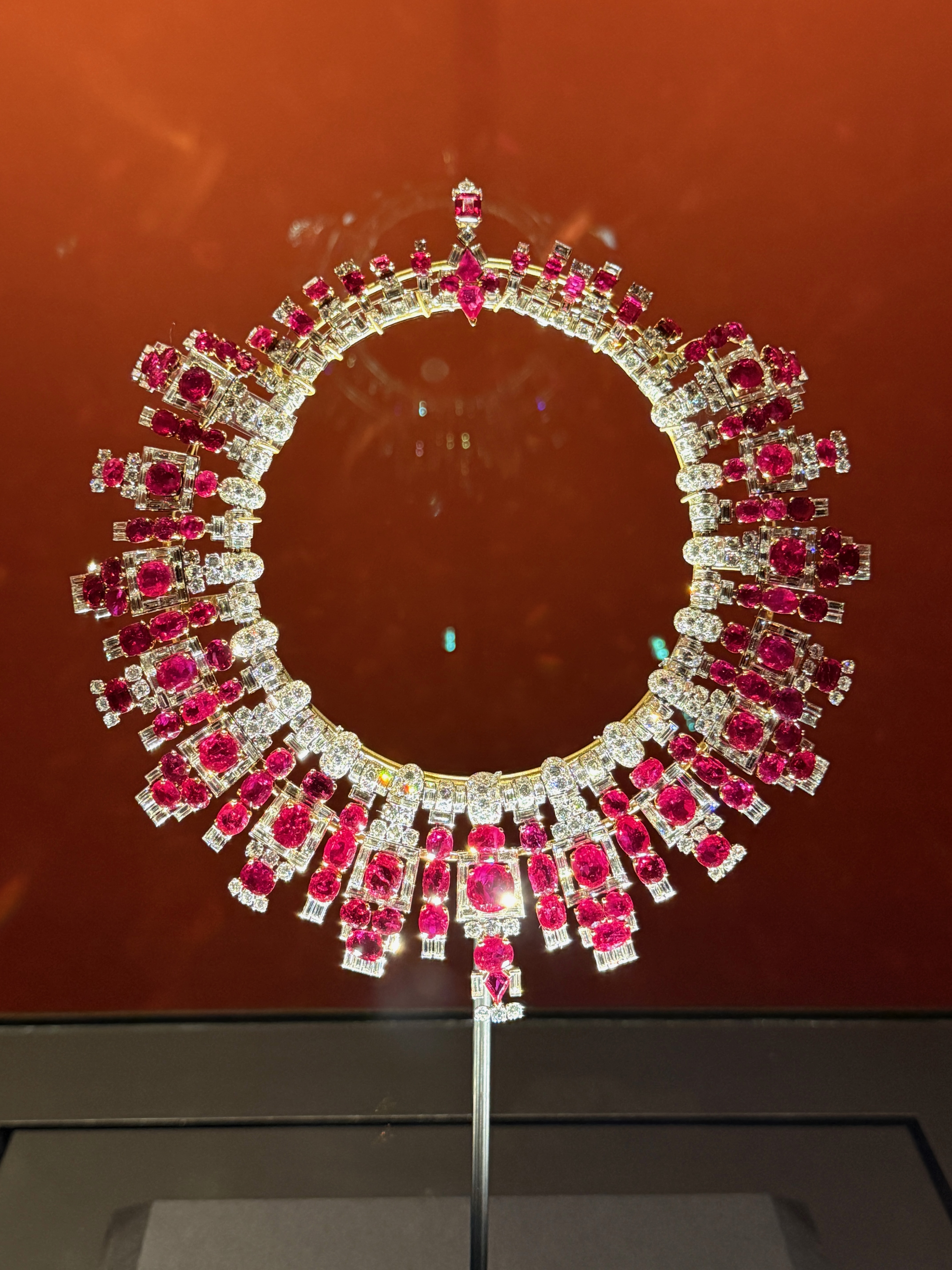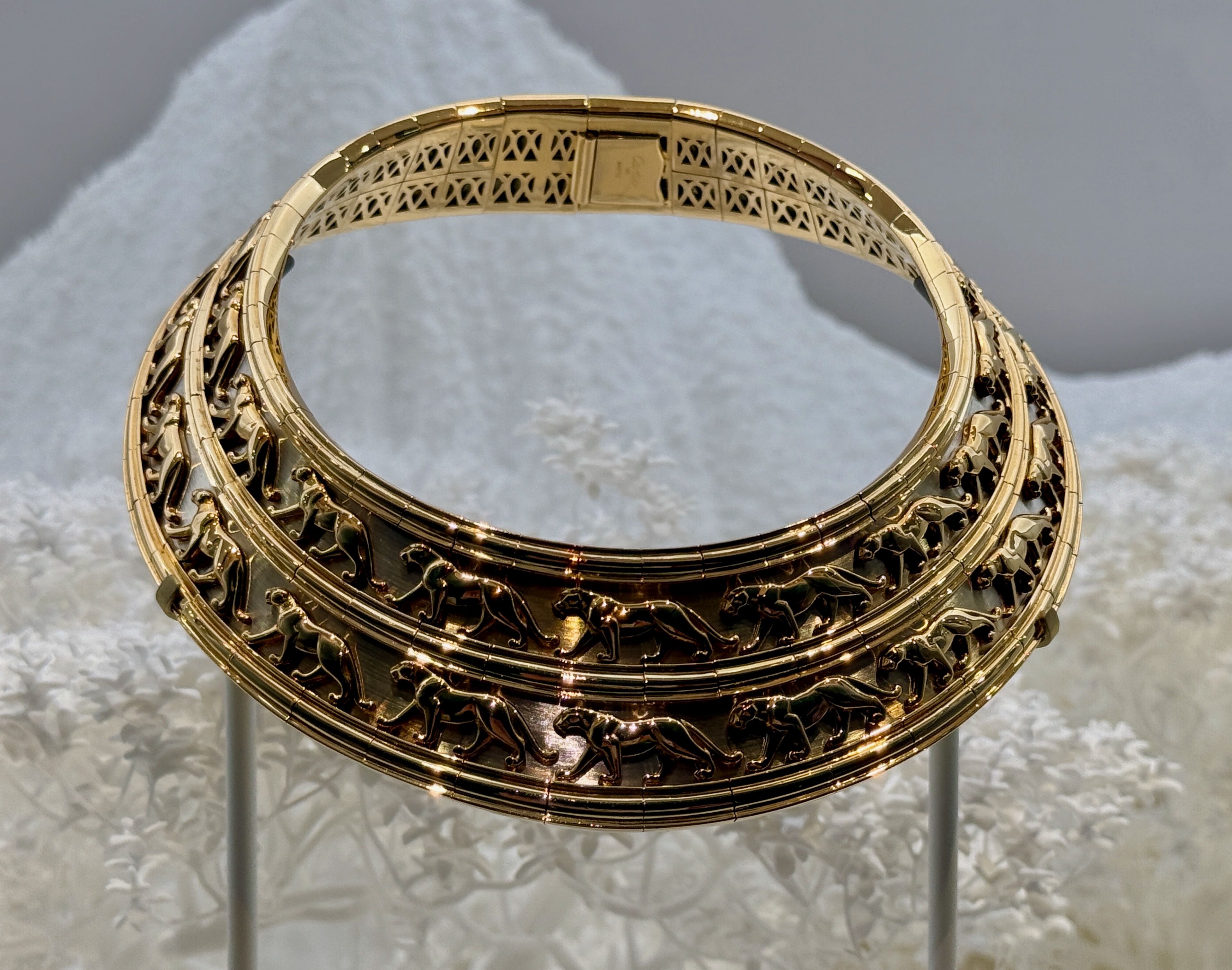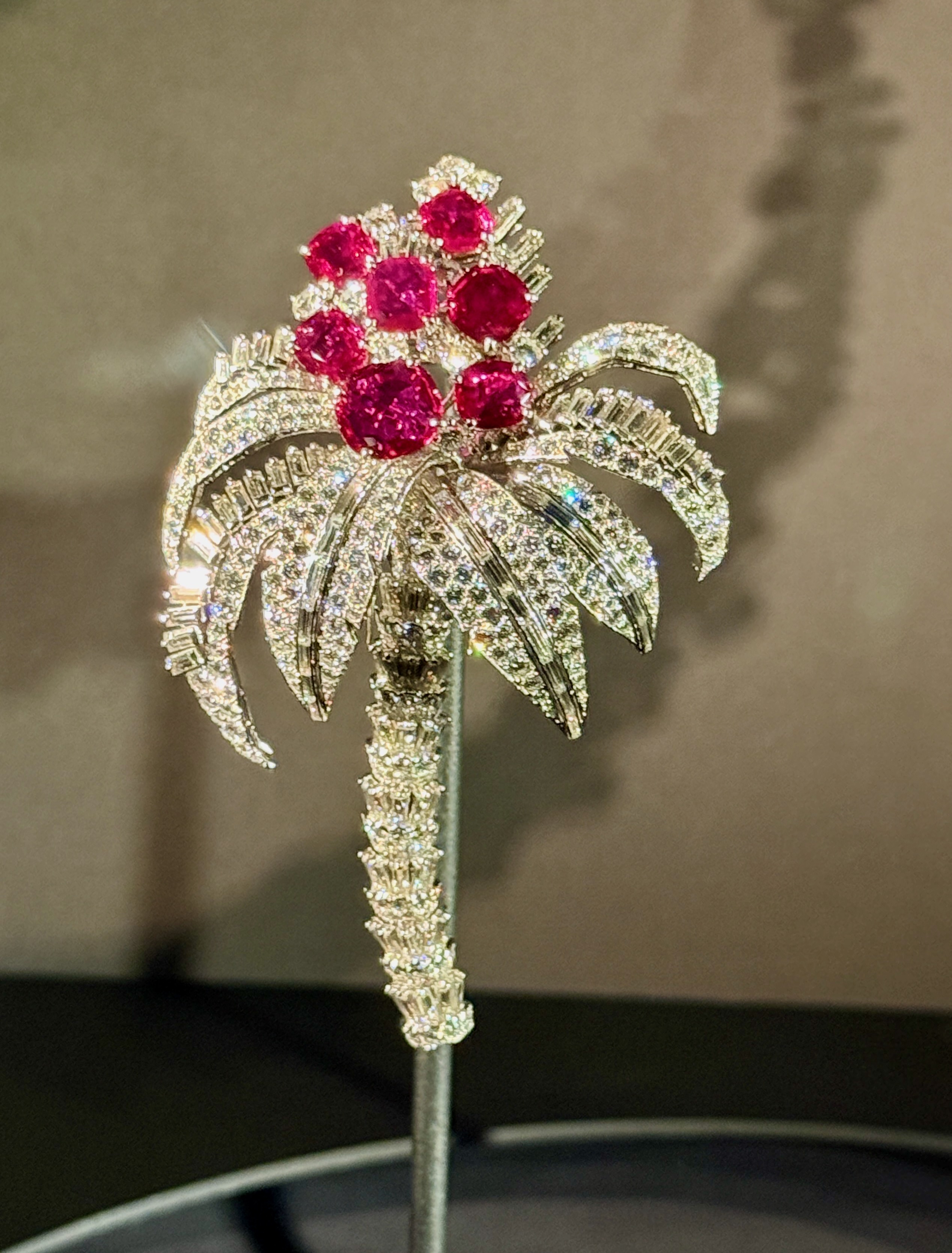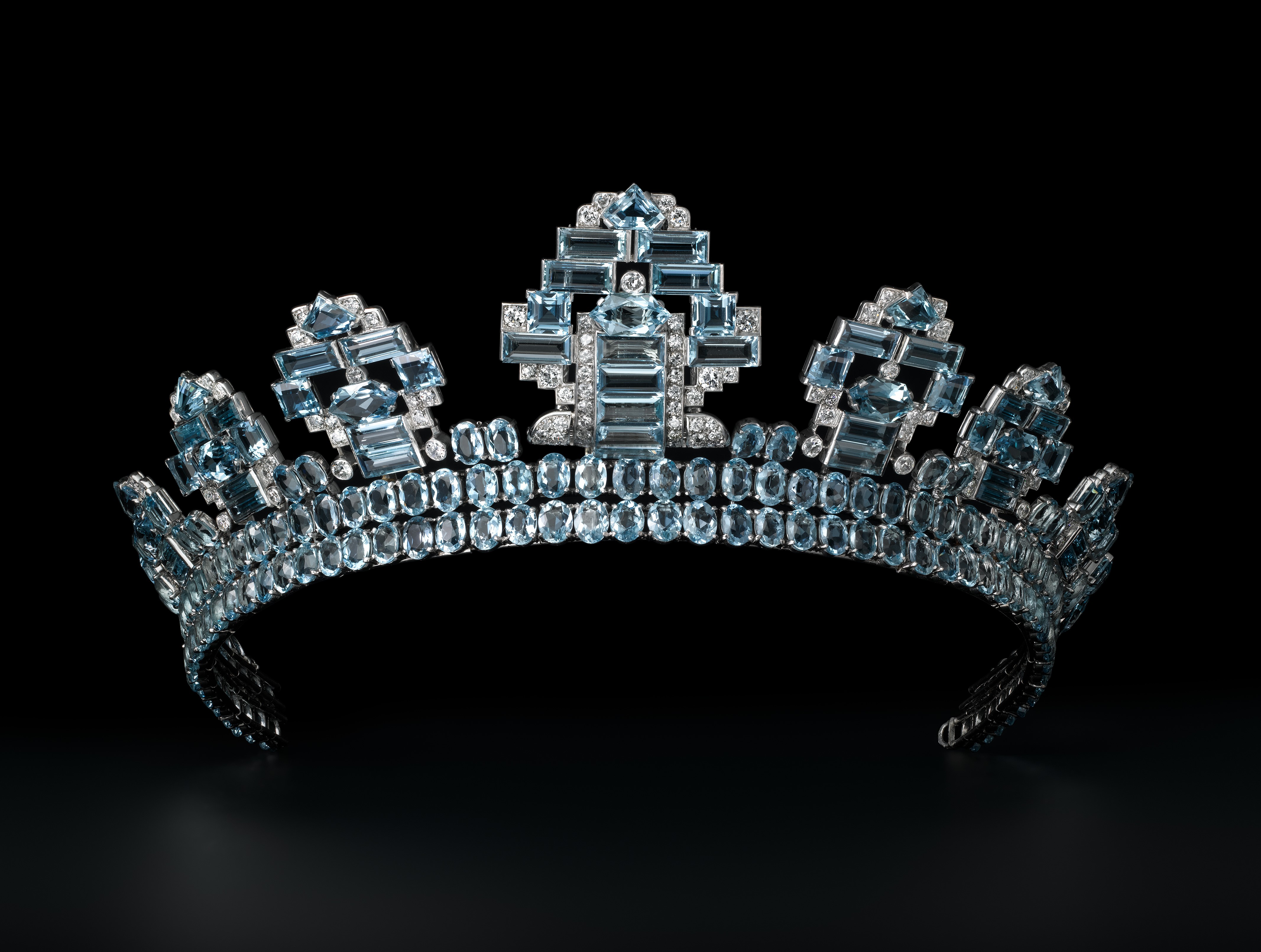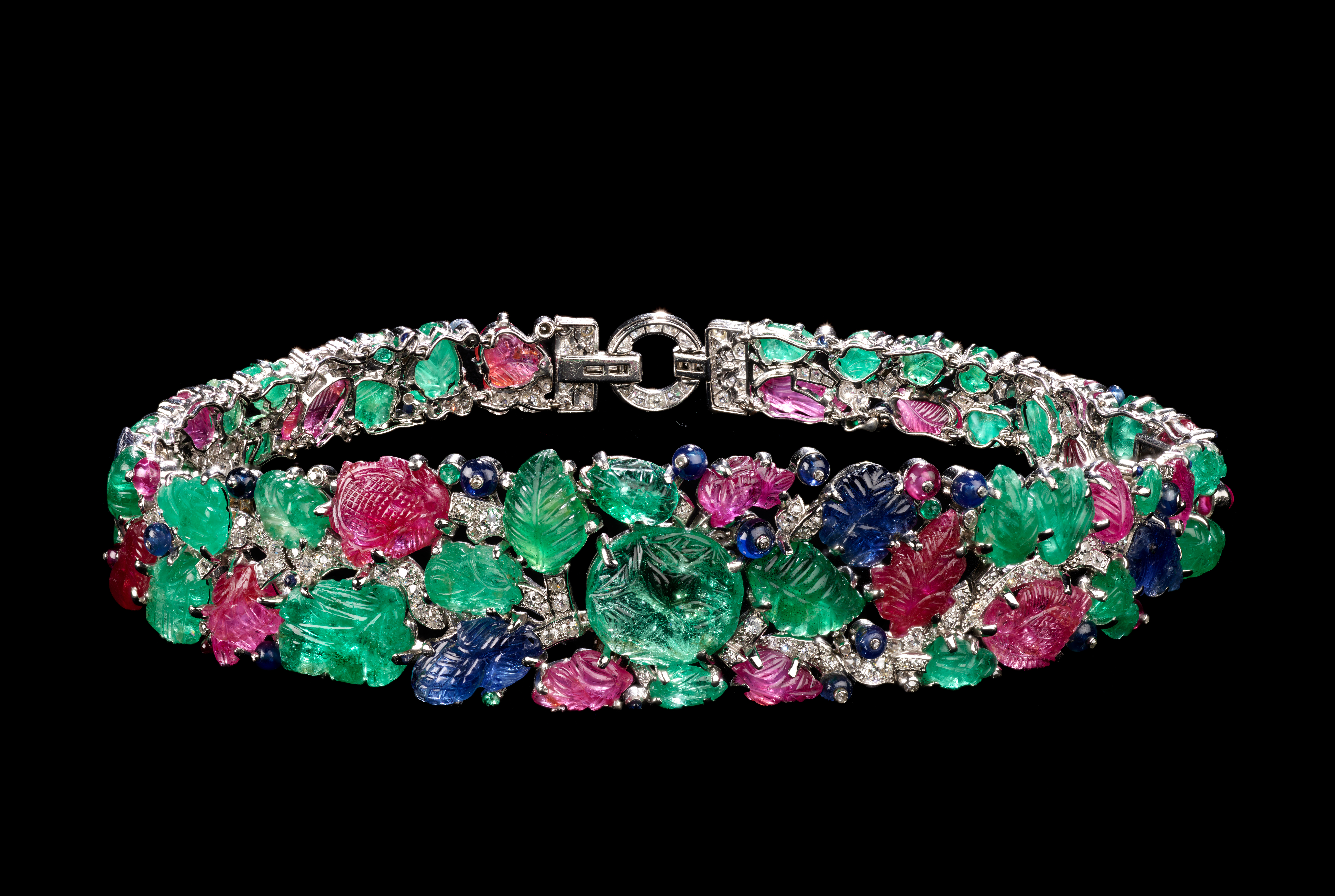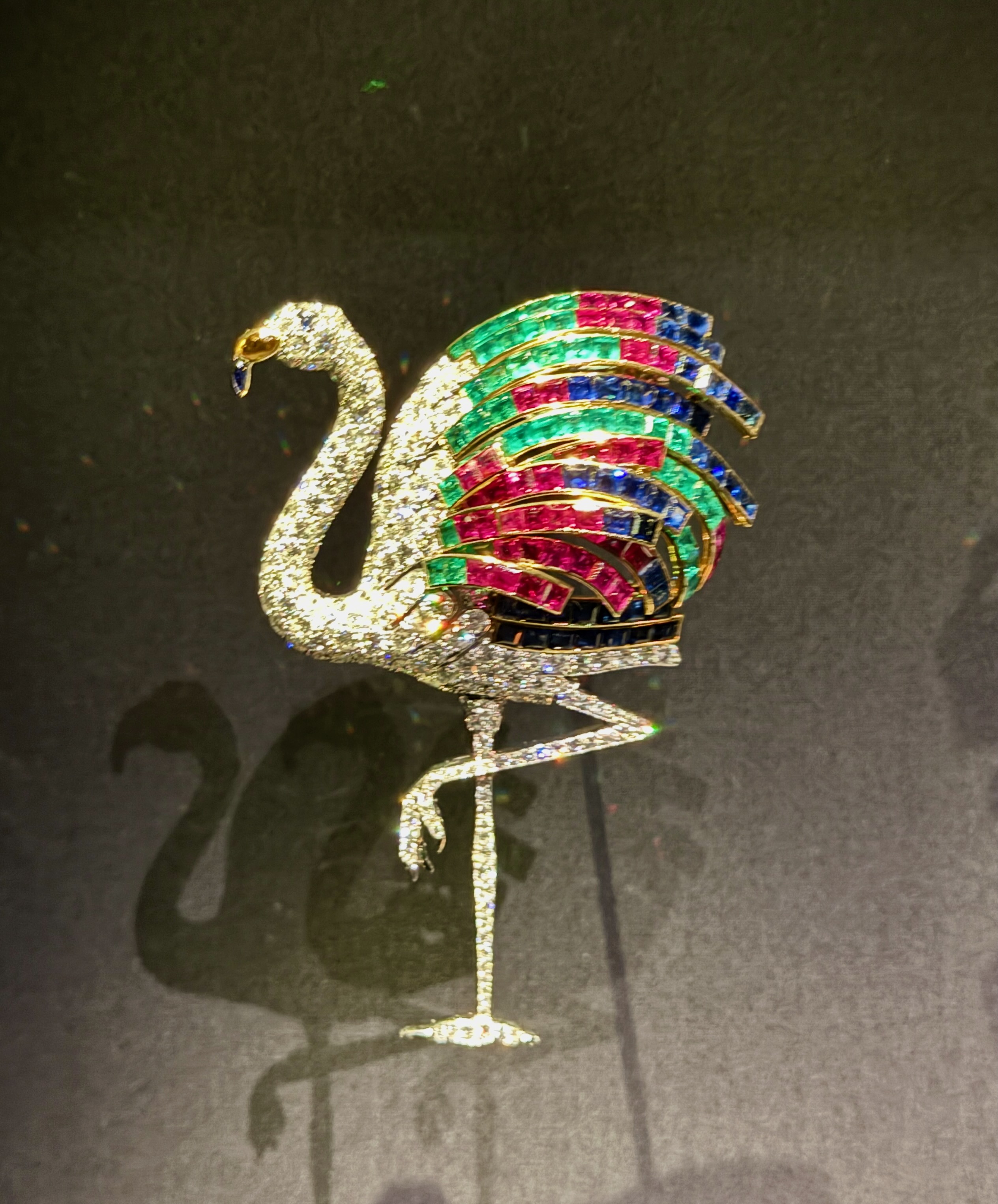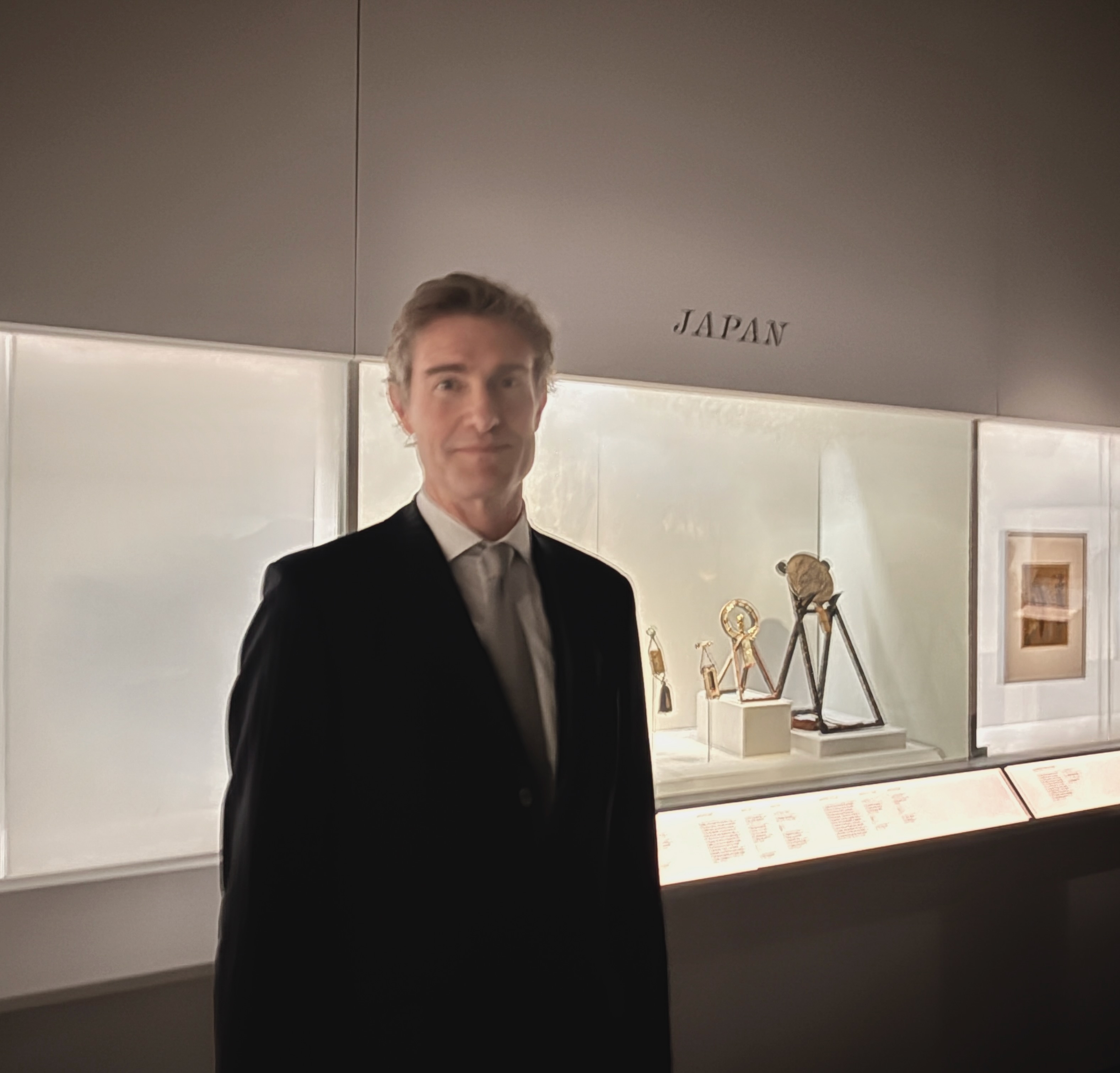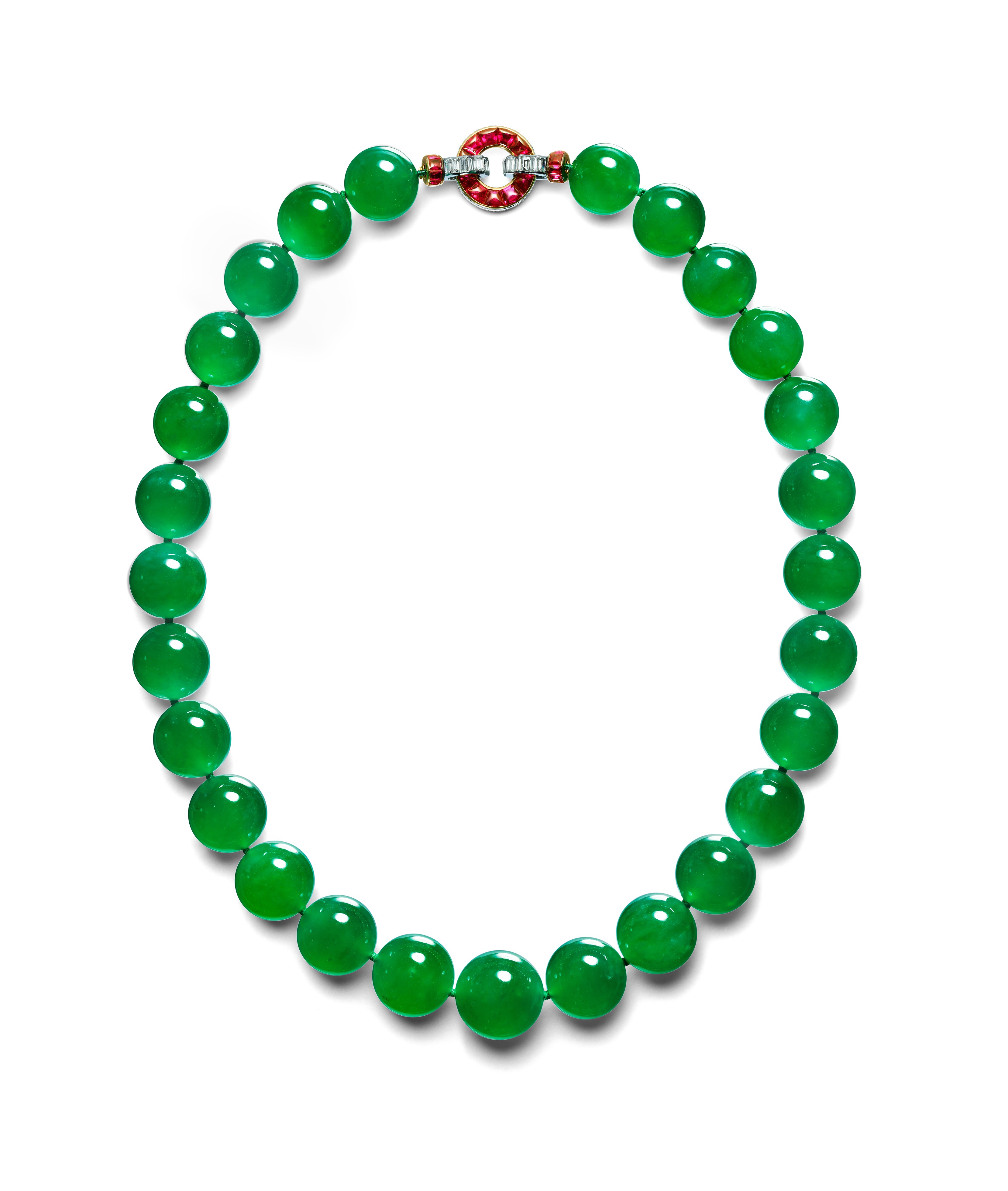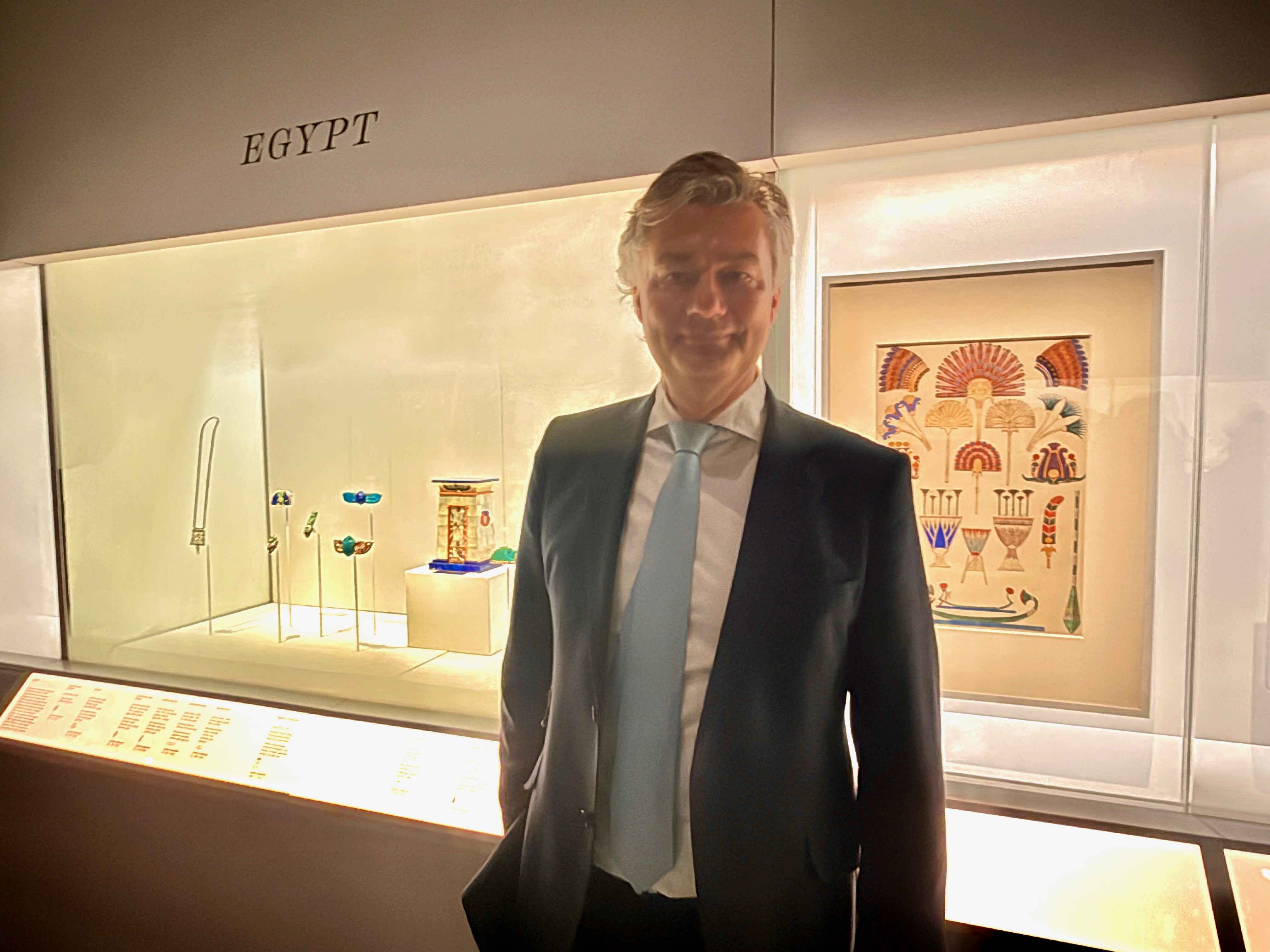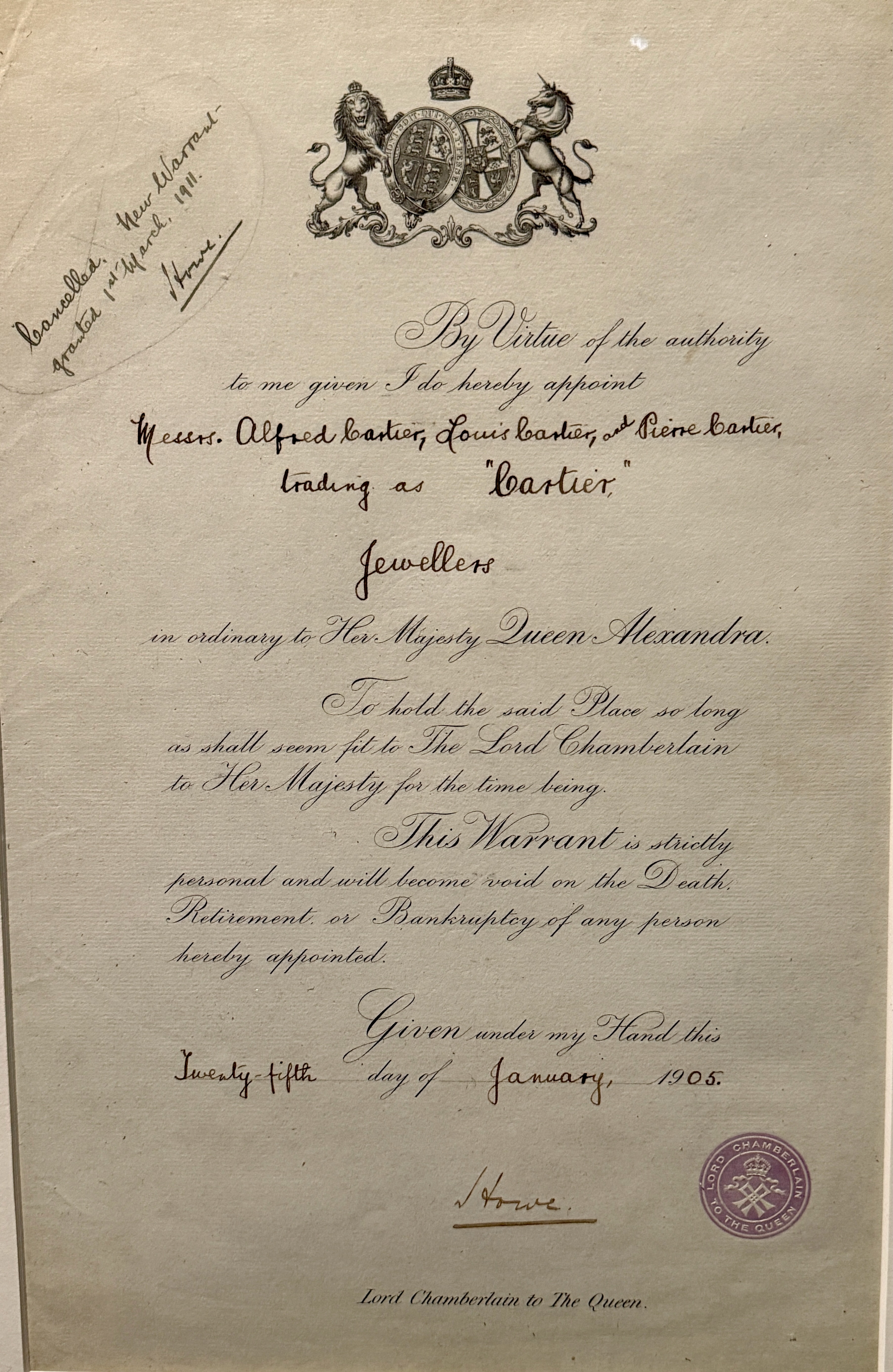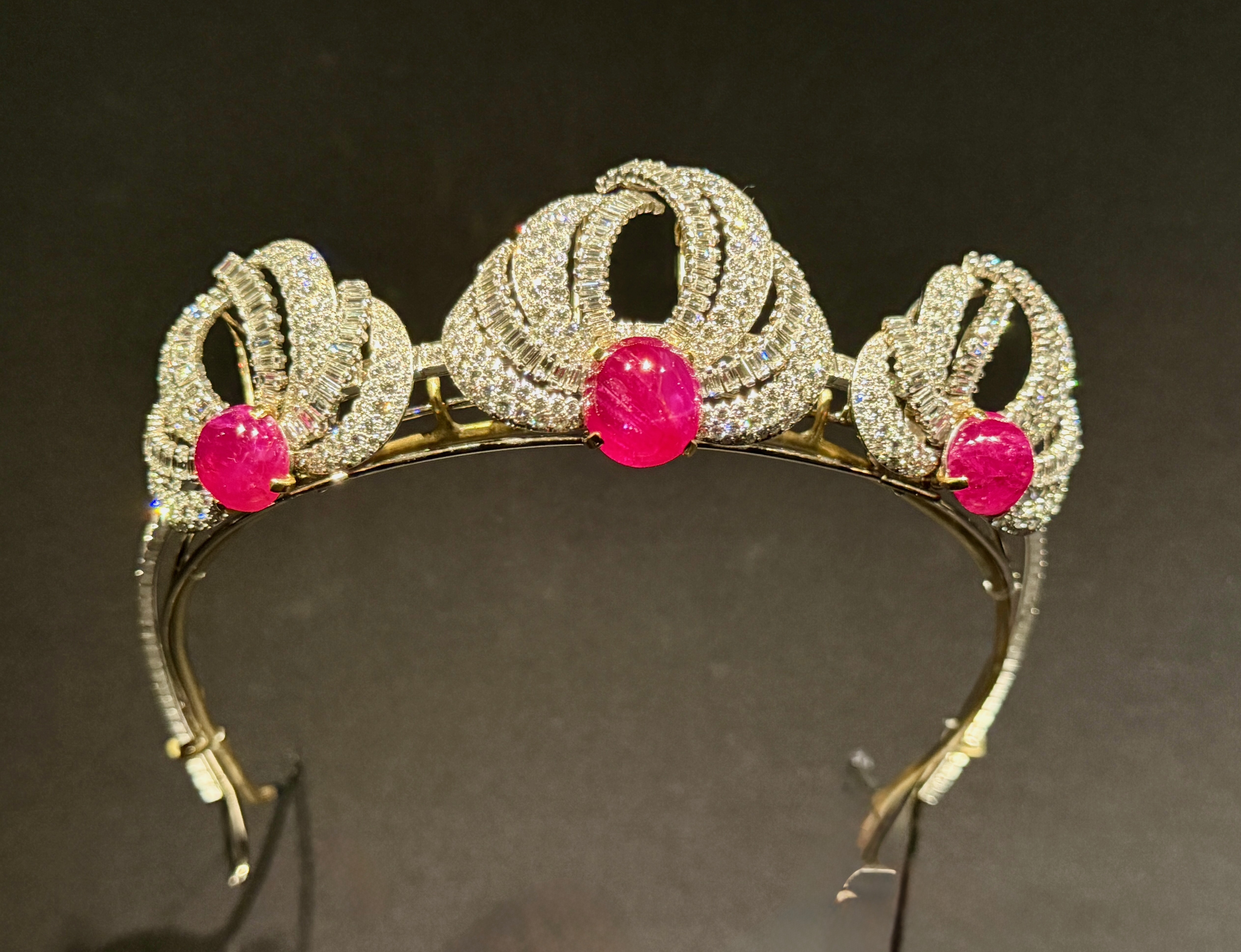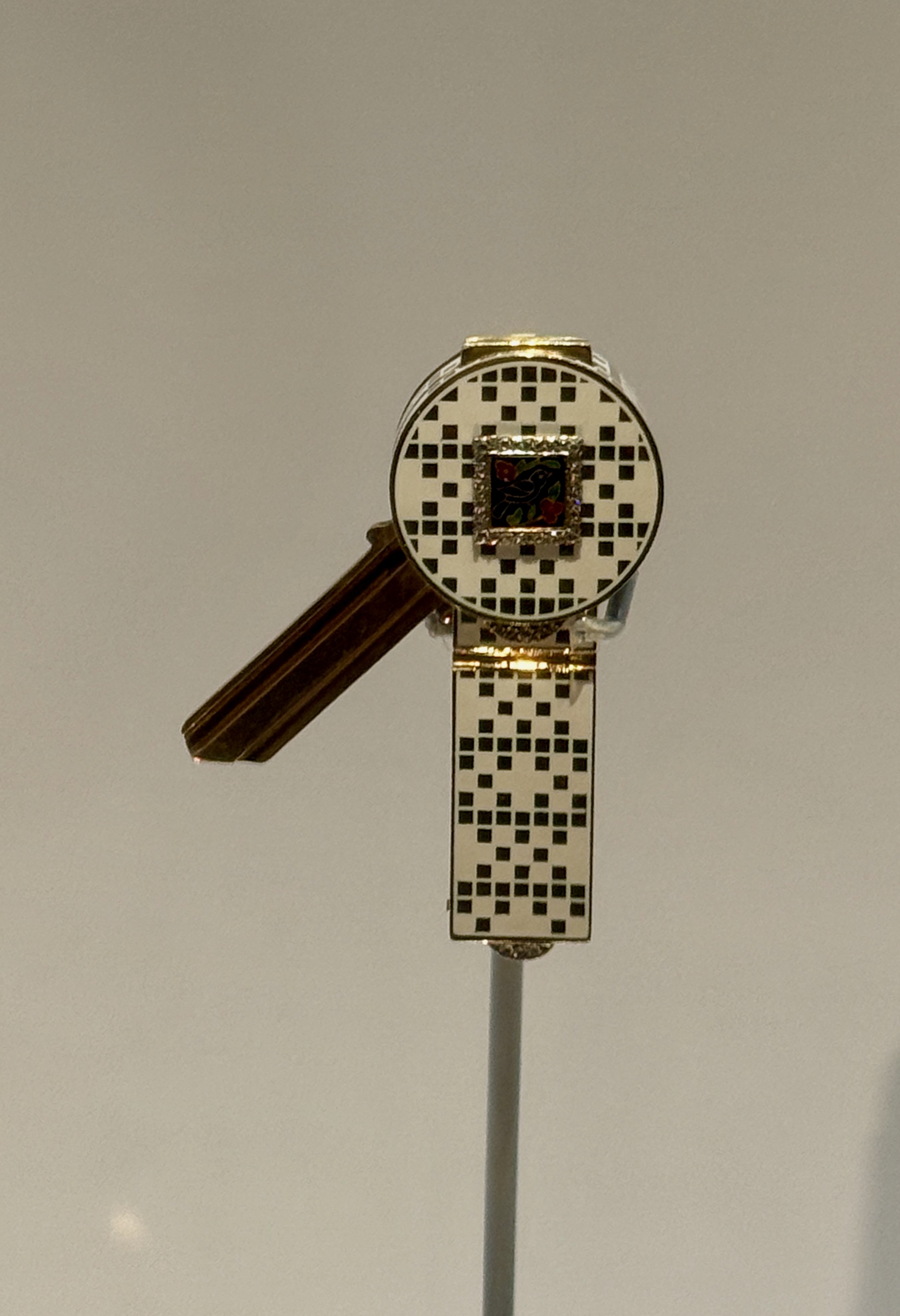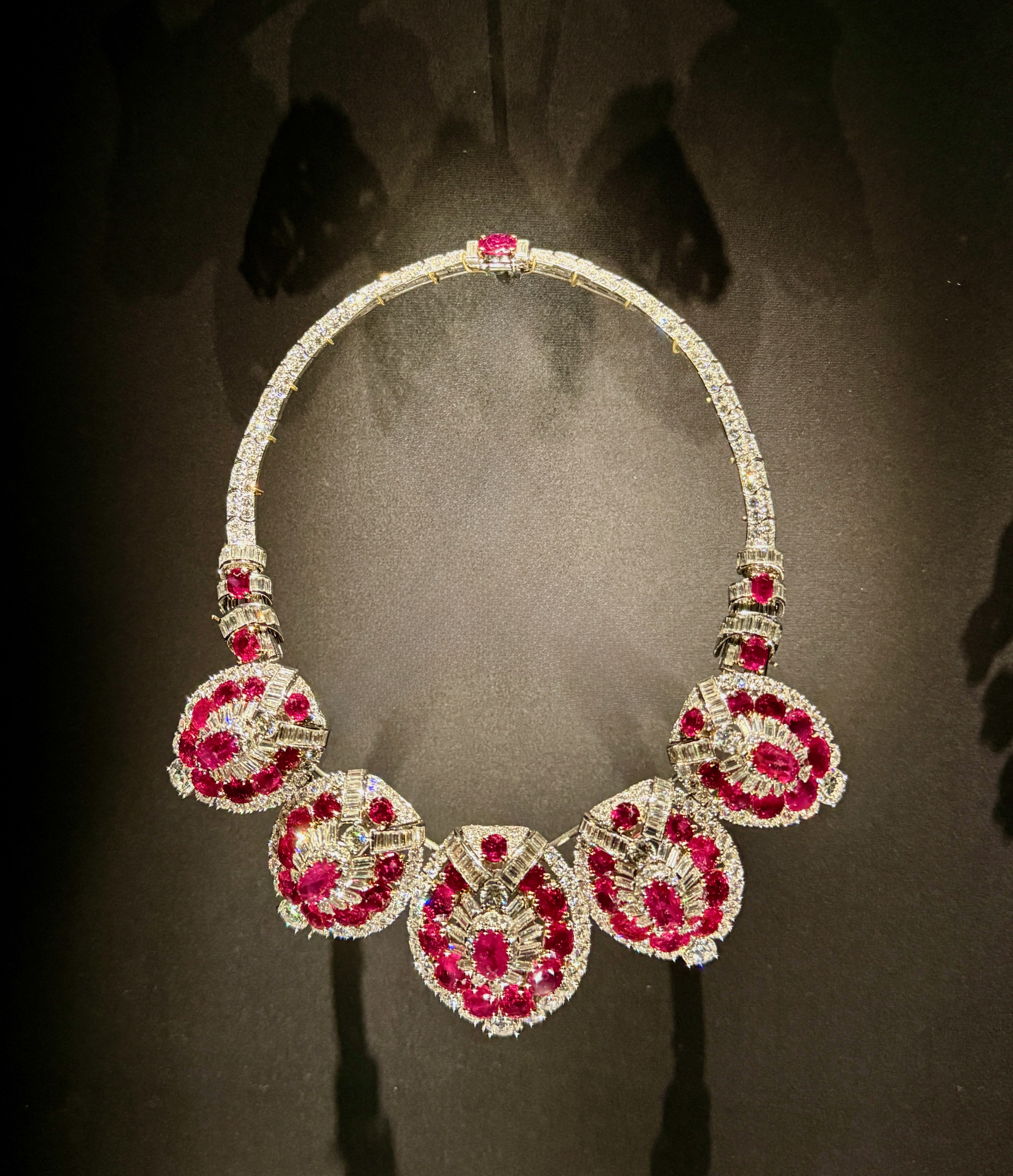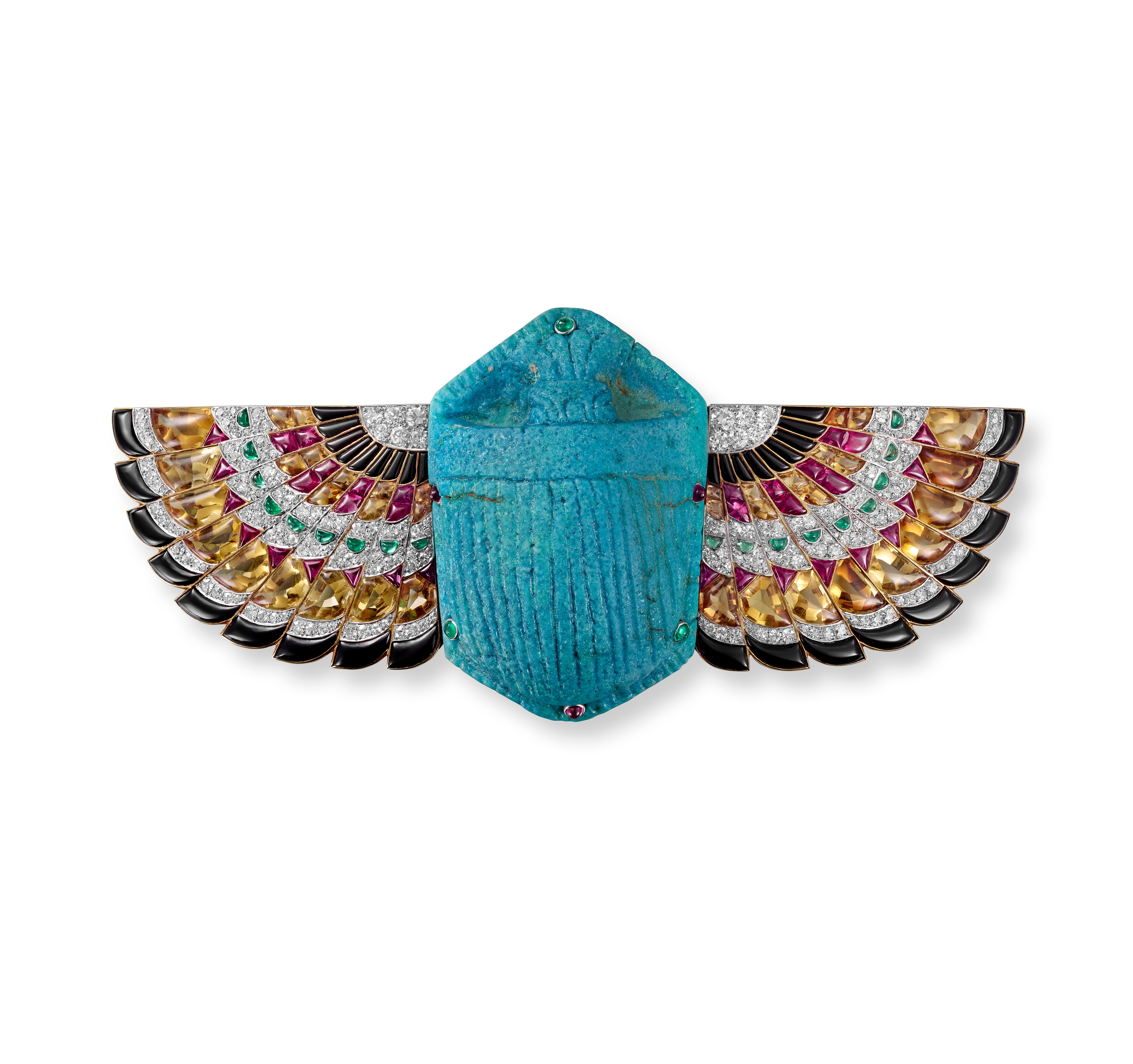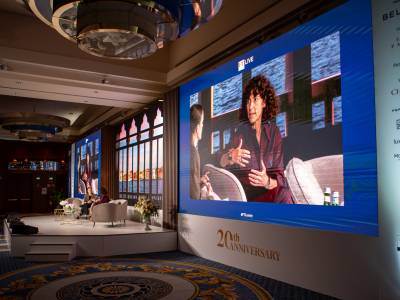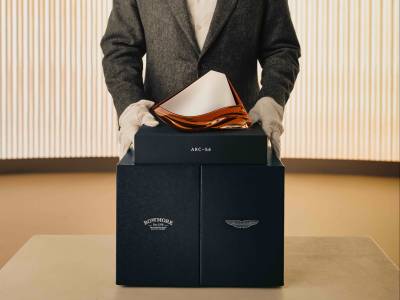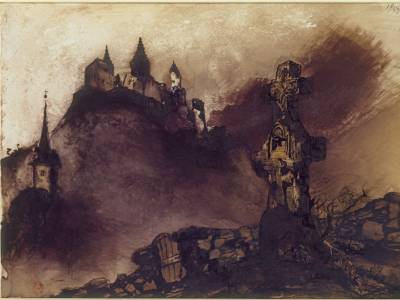This dazzling Cartier exhibition at the V&A is the story of the Maison, a story told through 350 glittering pieces from the archives of the iconic jeweller and watchmaker. From historic gemstones and heirloom watches to show-stopping necklaces that have graced the necks of royalty, the exhibition races Cartier’s evolution from its origin in 1847 to its current place in modern luxury.
The exhibition is beautifully curated and follows a logical storytelling sequence. It opens with the Manchester Tiara, made in Paris for The Dowager Duchess of Manchester. Its intricate heart motif signals that you too will fall in love with the Cartier story, if you are not already a convert.
